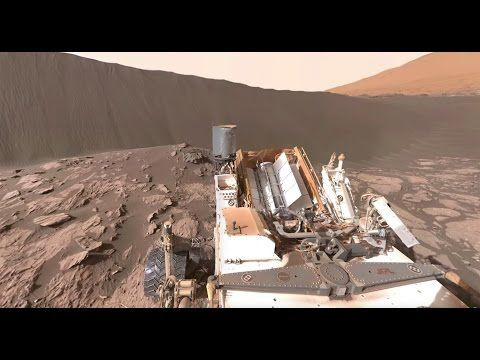Scientists have detected a potential sign of alien life in Venus. Members of an international team of researchers revealed on Monday that a gas called phosphine had been found in the clouds of Venus, indicating that life is possible on the planet.
The researchers detected the phosphine using the James Clerk Maxwell Telescope in Hawaii and confirmed it using the Atacama Large Millimeter/submillimeter Array (ALMA) radio telescope in Chile. While they were not yet able to find any life form on Venus, they noted that on Earth, phosphine is only produced when there is a presence of bacteria in oxygen-starved environments.
Massachusetts Institute of Technology molecular astrophysicist Clara Sousa-Silva said the most plausible information for the existence of phosphine on Venus is extraterrestrial life. “I should emphasize that life, as an explanation for our discovery, should be, as always, the last resort,” she said.
“This is important because, if it is phosphine, and if it is life, it means that we are not alone. It also means that life itself must be very common, and there must be many other inhabited planets throughout our galaxy,” she added.
Sousa-Silva noted, however, that Venus is wrapped in a toxic atmosphere that traps heat, making it hot enough to melt lead. She said no life would be able to survive on the surface of Venus because it is inhospitable, but it’s possible that the planet could have had life on its surface a long time ago, before the greenhouse effect left it completely uninhabitable.
Some scientists also suspect that the high clouds of Venus harbor aerial microbes that could withstand extreme acidity. “If it’s microorganisms, they would have access to some sunlight and water, and maybe live in liquid droplets to stop themselves dehydrating, but they would need some unknown mechanism to protect against corrosion by acid,” said astronomer Jane Greaves.
Meanwhile, NASA administrator Jim Bridenstine described the new findings as “the most significant development yet in building the case for life off Earth.” He said the U.S. space agency would send an atmospheric probe to Venus to confirm life on the planet. “Fortunately, Venus is right next door so we can literally go and check,” he said.

© 2025 Latin Times. All rights reserved. Do not reproduce without permission.



